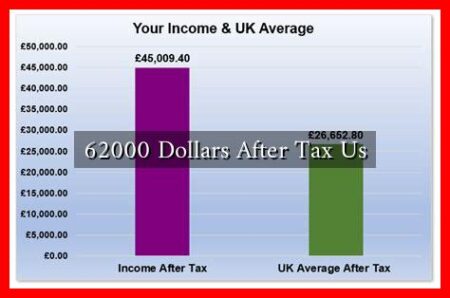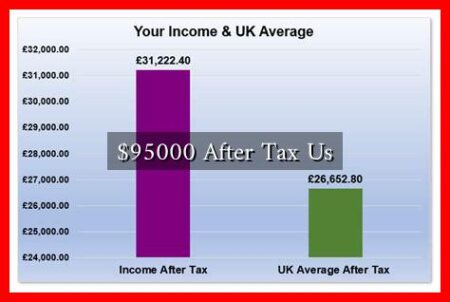-
Table of Contents
Poll Tax in U.S. History: Definition and Impact
The poll tax has a significant and controversial place in American history, particularly in the context of voting rights and civil liberties. This article delves into the definition of poll tax, its historical context, and its implications for various communities, especially African Americans and poor white citizens. By examining the origins, implementation, and eventual abolition of the poll tax, we can better understand its role in shaping the electoral landscape of the United States.
What is a Poll Tax?
A poll tax is a fee that individuals are required to pay in order to vote in elections. This tax was often levied as a prerequisite for voting, effectively disenfranchising those who could not afford to pay. The term “poll” refers to the head or individual, and thus a poll tax is essentially a tax per person.
Historical Context of the Poll Tax
The origins of the poll tax in the United States can be traced back to the post-Civil War era, particularly during the Reconstruction period. Southern states implemented poll taxes as part of a series of laws known as Jim Crow laws, which aimed to maintain white supremacy and control over the African American population.
- Reconstruction Era: After the Civil War, the 15th Amendment was ratified in 1870, granting African American men the right to vote. In response, Southern states sought ways to circumvent this amendment.
- Implementation: Poll taxes were introduced in the late 19th century, with states like Virginia and Mississippi leading the charge. These taxes were often set at a level that was unaffordable for many poor citizens.
- Disenfranchisement: The poll tax effectively disenfranchised a significant portion of the African American population, as well as many poor white voters, who could not pay the tax.
Impact on Voting Rights
The implementation of the poll tax had profound implications for voting rights in the United States. It served as a tool for systemic discrimination and was part of a broader strategy to suppress the African American vote.
- Discriminatory Practices: Poll taxes were often accompanied by literacy tests and other discriminatory practices, further limiting access to the ballot box.
- Legal Challenges: Over the years, various legal challenges were mounted against the poll tax. However, it wasn’t until the mid-20th century that significant progress was made.
- National Attention: The civil rights movement of the 1960s brought national attention to the injustices of the poll tax, leading to increased activism and advocacy for voting rights.
Abolition of the Poll Tax
The fight against the poll tax culminated in significant legislative changes. The 24th Amendment, ratified in 1964, prohibited the use of poll taxes in federal elections. However, some states continued to impose poll taxes in state elections until the Supreme Court ruled against them.
- 24th Amendment: This amendment was a landmark victory for civil rights activists, as it eliminated the poll tax as a requirement for voting in federal elections.
- Supreme Court Rulings: In 1966, the Supreme Court case Harper v. Virginia Board of Elections ruled that poll taxes in state elections were unconstitutional, further solidifying the rights of voters.
- Legacy: The abolition of the poll tax marked a significant step toward achieving equal voting rights for all Americans, although challenges remain in ensuring access to the ballot box.
Conclusion
The poll tax serves as a stark reminder of the lengths to which some states went to disenfranchise voters, particularly African Americans and the economically disadvantaged. Its eventual abolition through constitutional amendments and Supreme Court rulings highlights the ongoing struggle for civil rights in the United States. Understanding the history of the poll tax is crucial for recognizing the importance of protecting voting rights today. As we continue to navigate issues of voter suppression and access, the lessons learned from the poll tax era remain relevant and vital for ensuring a fair and equitable electoral process for all citizens.
For further reading on voting rights and the history of disenfranchisement in the United States, you can visit History.com.


